Setup
Contents
Break-in
The LSA-10 Statement sounded very impressive out of the box. But there was a little bit of abrasiveness in the higher frequencies. Transients came in hot and voices were sibilant.
Turns out, these 1″ copper beryllium dome tweeters need about 1.5 weeks to smooth over. At which point, the treble response settles and becomes buttery smooth. Not one bit of sharpness whatsoever. Whew!
Speaker Placement
These speakers were tested in a near-field setting – about 4 feet away. I’d like to note, most bookshelves with 6.5″ woofers have a difficult time fitting on my desk. The LSA-10 Statement, however, is much deeper than they are wide. Which makes it one of the easiest speakers to place on a small desk. Especially if you have two LCD monitors as I do.
Some audiophiles say you “remove the room” at this distance. That’s simply not true. Even 1/4″ movements or smaller micro-adjustments could make a huge impact on the sound. The distance they are from the walls also matters. Consequently, I treat them as floorstanders when it comes to setting them up. The room still matters – a ton.

These speakers took me less than an hour to setup. They seem to sound better toed-in with the tweeter aimed directly at the ears. The woofers are directed at my chest. These IsoAcoustic Aperta stands are great for making minor adjustments (and isolation, of course).
I recommend Chesky Records Jazz Sampler & Audiophile Test CD Vol. 1. Track #10 (Listening and Technical tests) will help you laser focus your imaging. Voices should be not only centered but contoured and solid. When you move your head forward between the speakers, the image shouldn’t shift.
Expert tip: Before playing the track, point (with your finger) where the voice is supposed to come front – then press play. This technique sounds silly but works really well.
Subwoofer Required?
Although the LSA-10 Statement goes very low and offers up plenty of slam…you could give it more fill with a subwoofer. Use REW to measure the LSA-10 Statement without the sub to get an idea of where you should set your cut-off at. Then tune settings and volume to taste. In my case, a bump at 80 Hz with a 24dB roll-off sounded great. The sound had more balls and an appreciably fleshed out the lower-midrange.
Grills or no Grills?
I was listening to the LSA-10 Statement without the magnetic metal grills for months. I figured if there were a difference – it would be pretty minor. After swapping in and out the grills over longer listening sessions – the differences were audible enough to mention.
Although it is a minor difference, I ended up preferring the grills on. It brought more solidity and warmth to the mids with transparency and detail being a slight tradeoff. There’s also a tiny bit more umph in the lower regions. Anyway, it was enough of a delta for me to leave the grills on.
Amplifier
My current reference amplifier is the 50-watts @ 8 ohms Chord Electronics TToby. Although it has a small footprint – it sounds superb. It (surprisingly) also drives the ATC SCM7 V3 (84 dB) monitors very well.
Unfortunately, with the LSA-10 Statement, you start to hear the strain and struggle with these 83 dB beasts. Luckily Underwood HiFi supplied a 100-watt @ 8 ohms Emerald Physics EP-100.2SE power amplifier. This amplifier isn’t just the perfect pairing for these speakers – they just sound great…period. I don’t feel it masks the important parts. And, in fact, brings out more authenticity in the music. They’re also compact and sit perfectly under my monitor.
The EP-100.2SE doesn’t have the transparency, grit, or lower-level details of the TToby, but it makes it up with a warmer tone. There’s an effortless yet an analog-raw nature to the 100.2SE. And the seemingly limitless headroom it supplies is easily felt. There’s plenty of grip and control – but it’s able to relax when needed.
I was very impressed by this small amplifier. The way it pieces together the music amounts to continuous goosebumps. There’s just more gravity and harmonic weight. For what it’s worth, it also pairs great with the High Fidelity Cables CT-1 Ultimate power cord. Highly recommended.

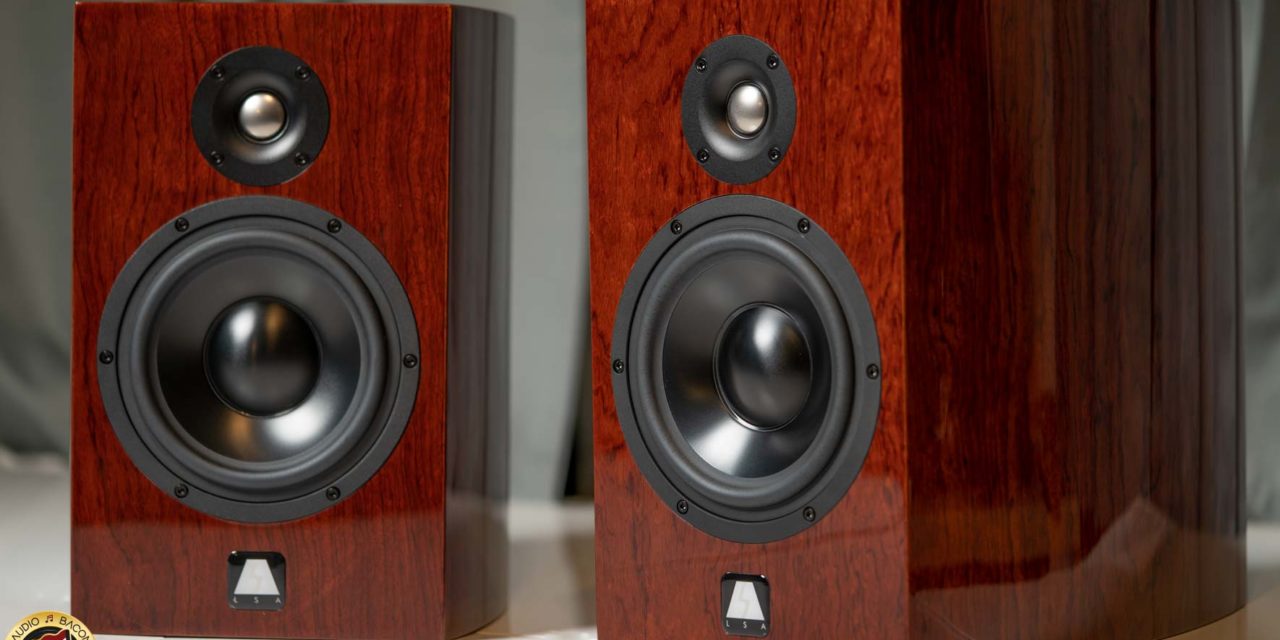

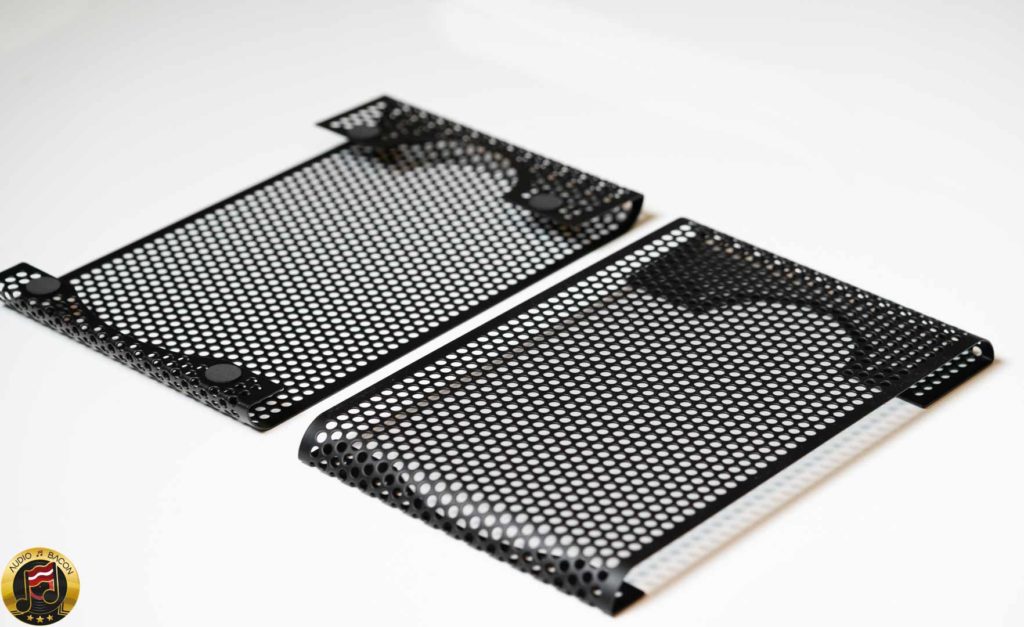


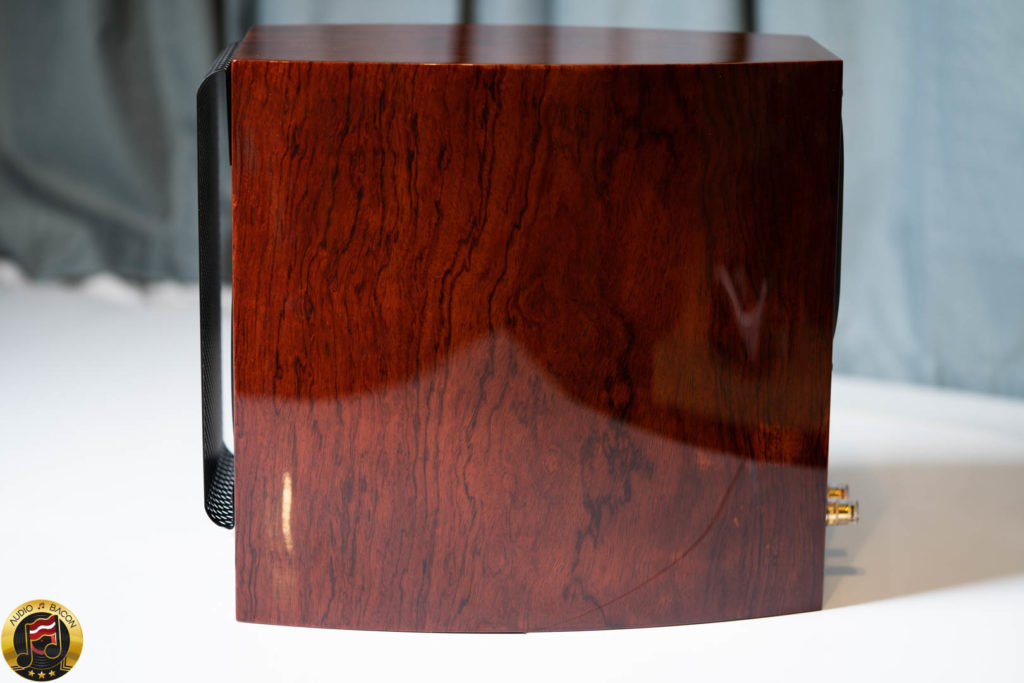
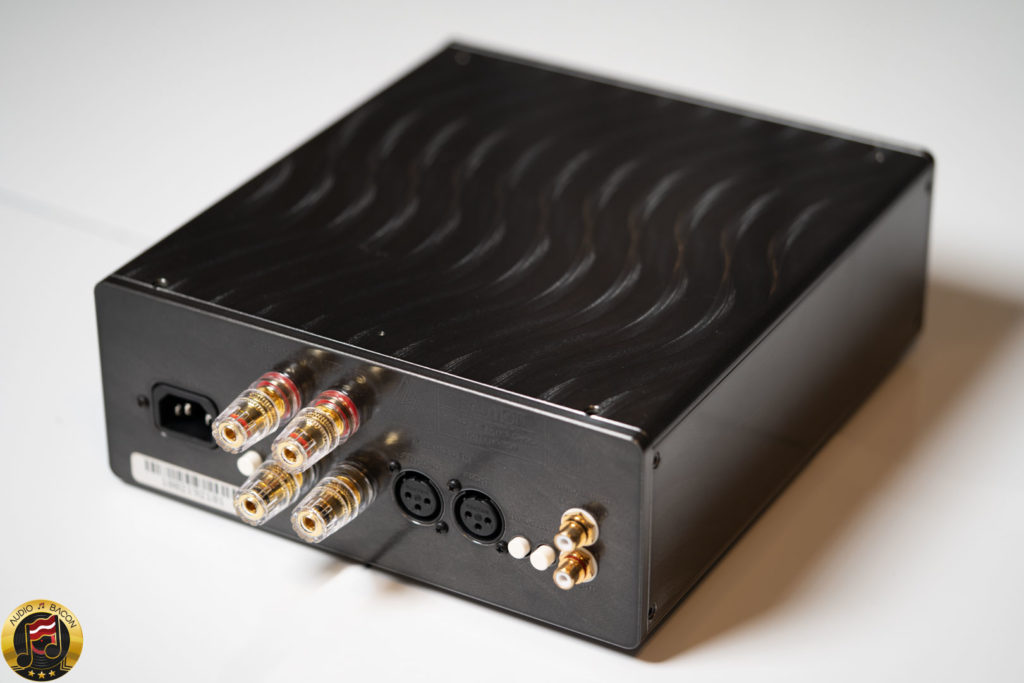
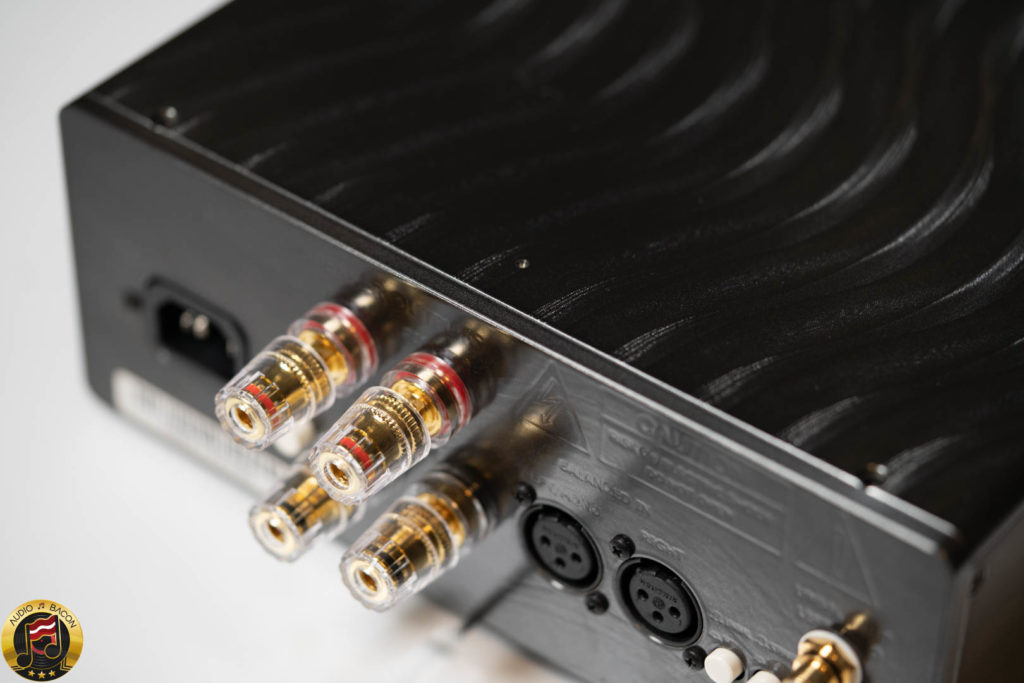
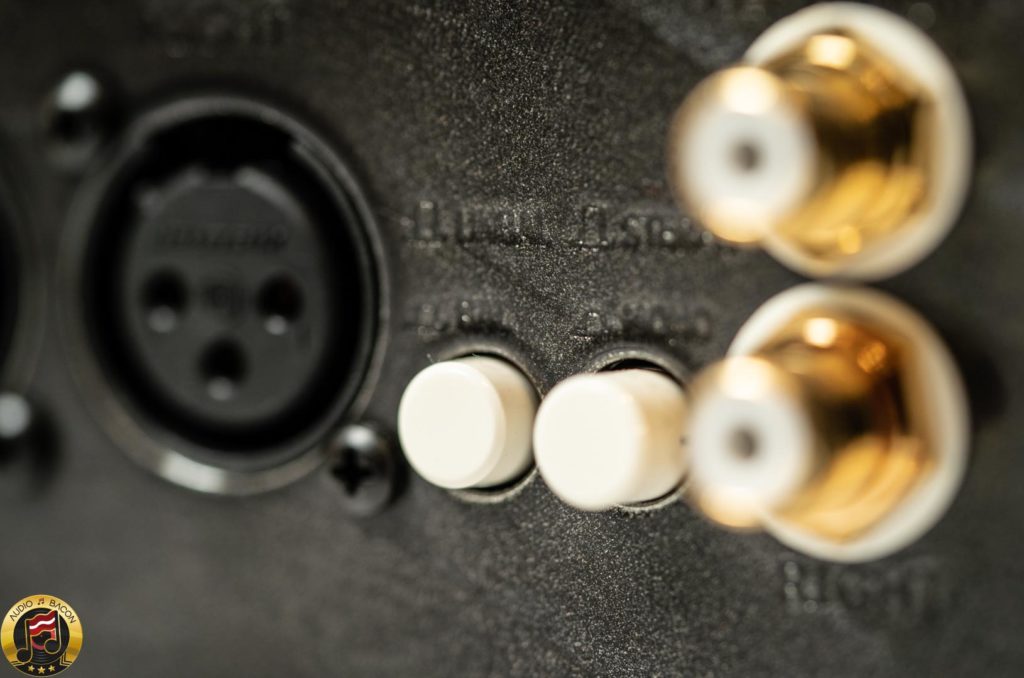


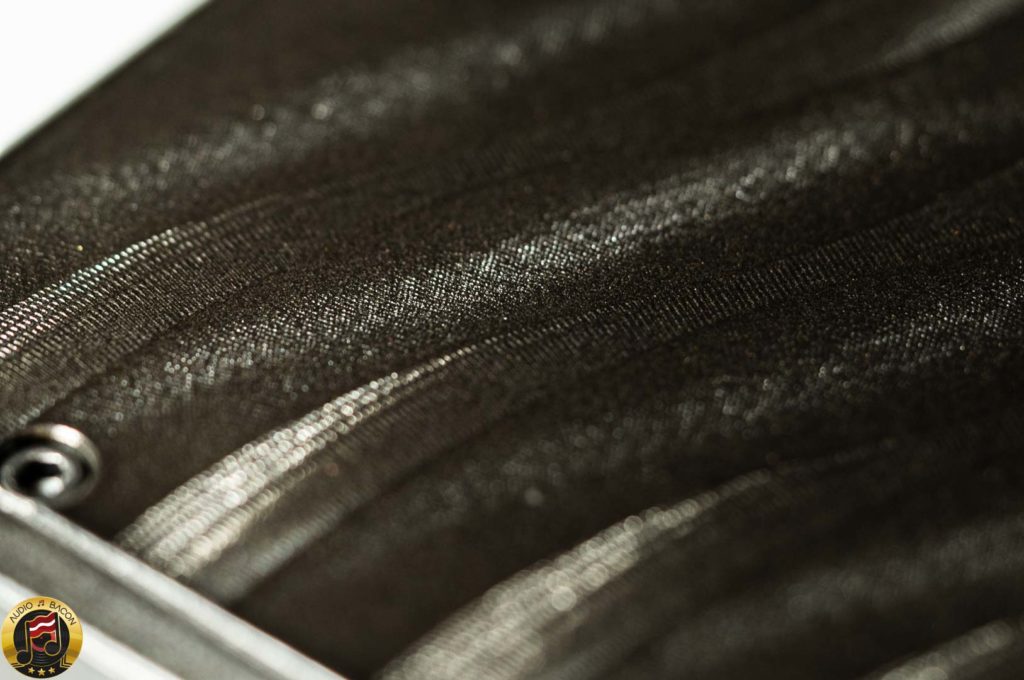
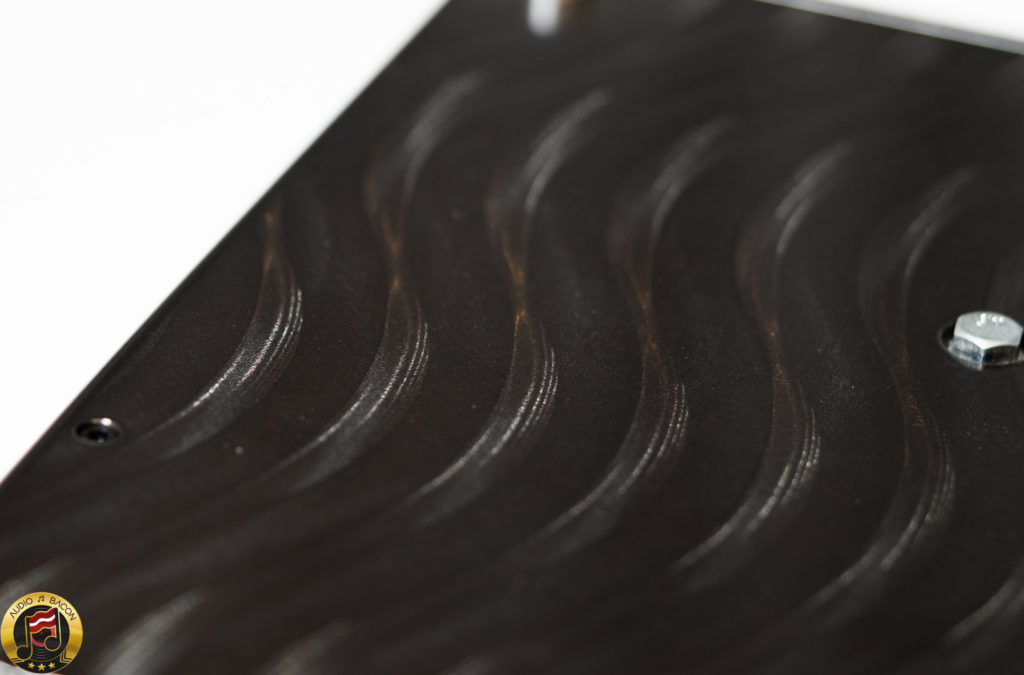
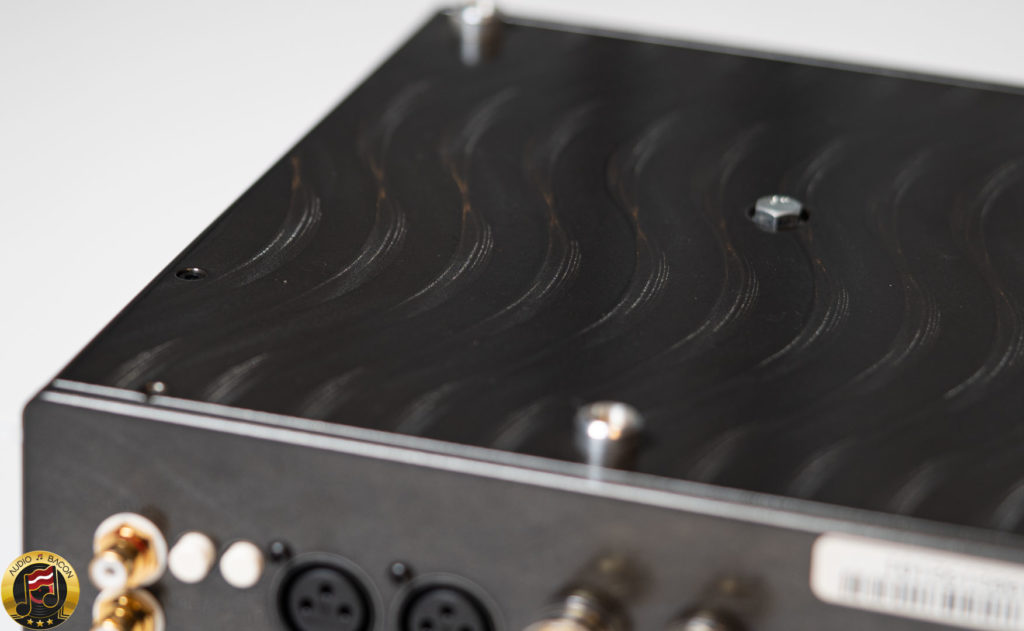





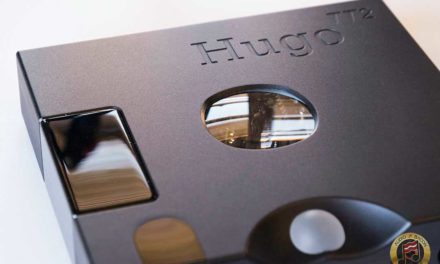
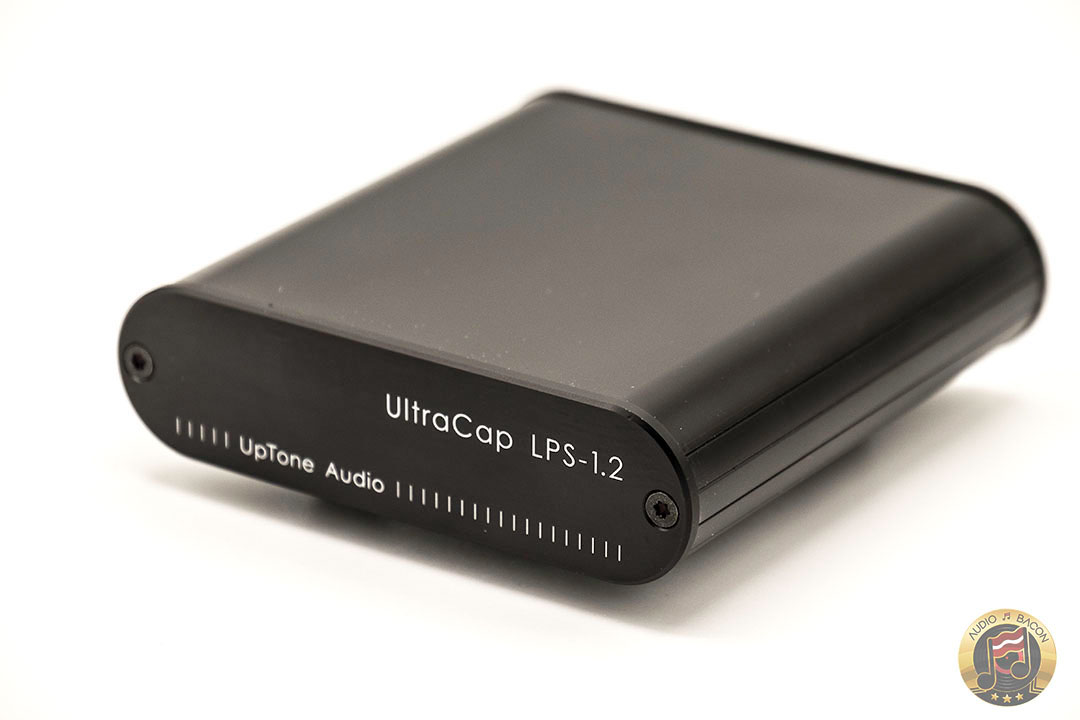


Great review, always enjoy your description of the sound you hear and the choice of music too.
Does that mean you’re getting rid of your ATCs? Hope not. 🙂
I’m flattered. Thank you. Nah, I’m just moving the ATC and TToby into another room. I would’ve auditioned the larger (active) ATCs, but they were too wide for my desk. For now…these LSA-10 Statements ROCK. The price doesn’t even make sense.
LSA 10 system sounds impressive and great value too, that’s a rare combination.
The smallest active ATC is the ATC SCM10SE Anniversary, which were designed for the 70th birthday of the ATC founder Bill Woodman.
I’m a very lucky and happy owner of the ATC flagship ATC EL 150A.
Keep up the good work, Jay.
Walter might be the single nicest guy in hi fi. And I know he’s been working on these a long time. I’ll bet they are just stunning.
Hello Jay,
Can you say something about the differences between the statement and signature. What does the Statement bring extra to the table?
Best regards
G
Great review! I’ve been a long time LSA fan. Heard the LSA 1 Signature years ago at CES, being powered by their LSA Signature integrated.
Based on that sound I purchased the LSA 1 Statements, and have been extremely happy with them. Any chance you’ve heard the previous line compared to the current one? I’d love to have a compelling reason to upgrade from the old Statements to the new ones, but I haven’t been able to hear the new version yet. Thank you for any insight.
The comments about this speaker remind me of the audio press reaction to the Totem Model 1 and, especially, the Mani 2. Sounds like a giant killer.
Hi, I enjoyed the review. I was surprised you had these working well on your desktop. Im very curious about how far from the wall you had them? Thanks